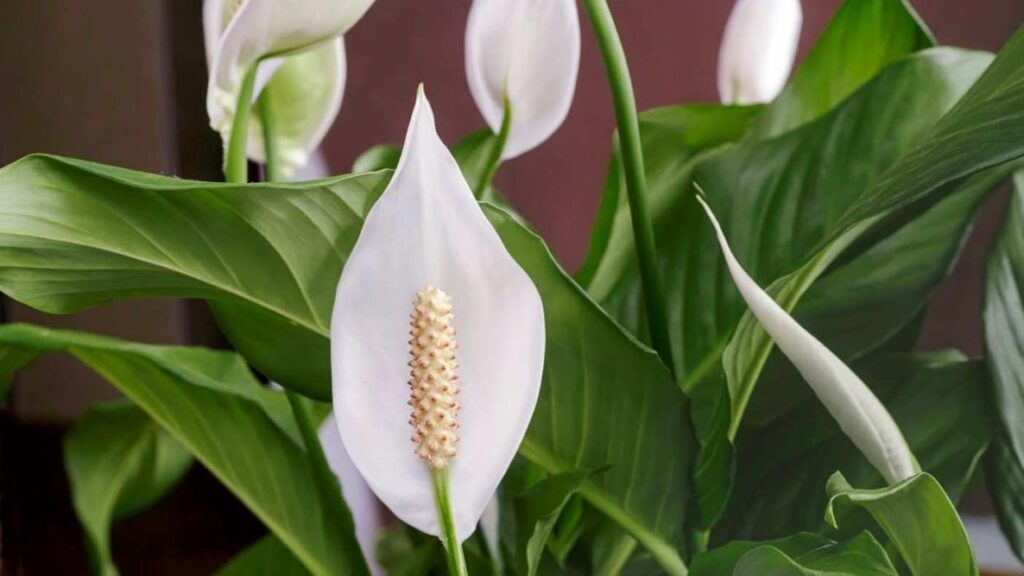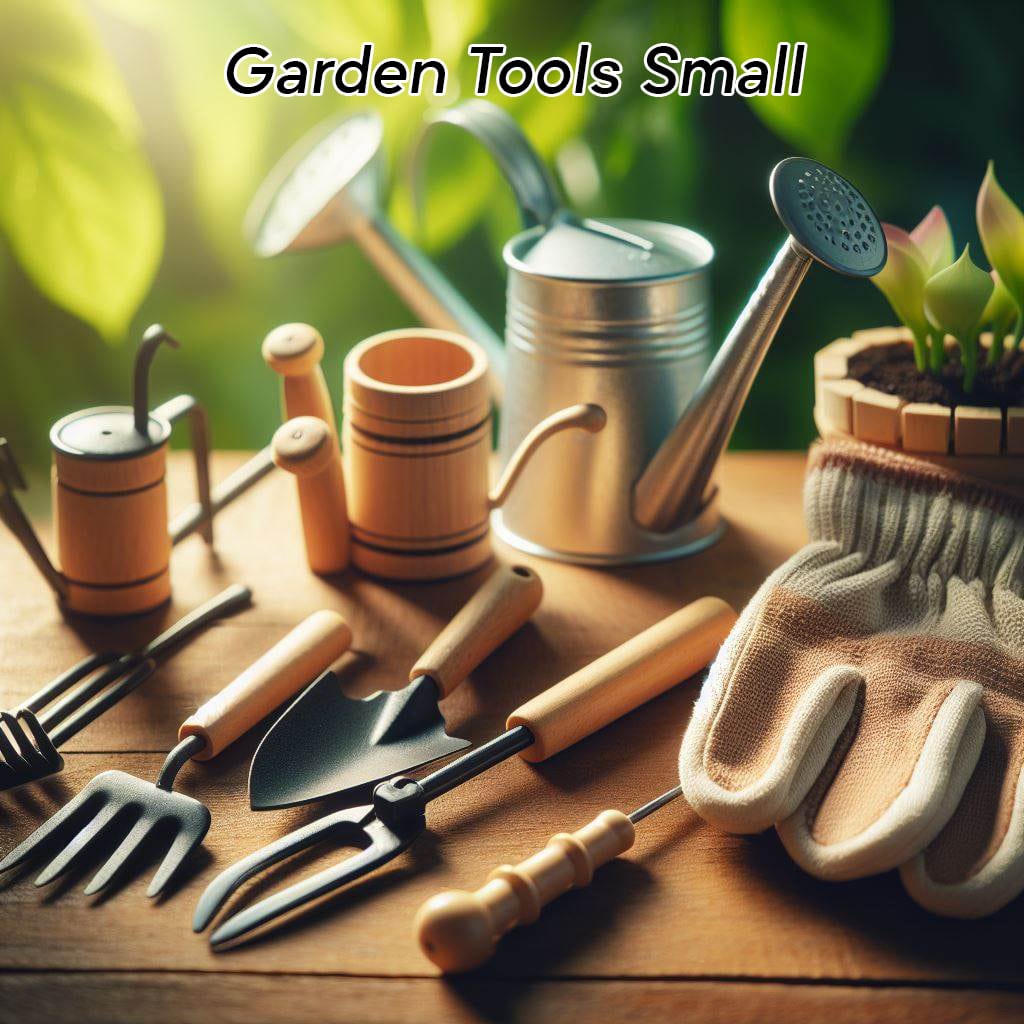
peace lily plant?
Peace lilies are popular indoor plants that thrive on the forest floor, receiving dappled sunlight and consistent moisture and humidity. They are not true lilies but tropical, evergreen plants in the Arum family. To keep them happy and healthy, they should be watered regularly and repotted when their leaves droop or turn yellow. Peace lilies produce white to off-white flowers in early summer and continue to bloom throughout the year in the right conditions. Most household varieties grow up to 16 inches tall, but larger outdoor cultivars can reach up to 6 feet tall. They are not cold-hardy, so they can only be grown outdoors in warm, humid climates (USDA Zones 10, 11).
| Botanical Name | Spathiphyllum spp. |
| Plant Type | Houseplant |
Sun Exposure | Part Sun Shade |
| Soil pH | Neutral |
| Bloom Time | Varies |
| Flower Color | Green White |
Peace lilies, a popular variety, are hard to find in garden centers but are becoming more popular, making online ordering more effective.
- Spathiphyllum wallisii is a smaller peace lily, reaching only 12 inches tall.
- ‘Petite’ is smaller still, at approximately 8–10 inches.
- ‘Sensation’ is the largest variety available, capable of growing up to 4–6 feet in height and width.
- ‘Domino’, is a medium-size variety with attractively variegated leaves.
- ‘Mojo Lime’, which has lime-green foliage, is another medium-size peace lily.
what is Plant Peace Lilies?
Evergreen herbaceous perennial plants with large leaves, producing flowers in a spadix surrounded by a 10-30 cm long, white, yellowish, or greenish spathe. They don’t require large amounts of light or water and are commonly grown as houseplants. However, they can thrive outdoors in hot and humid conditions, requiring minimal light or water.
Spathiphyllum, a popular indoor houseplant, thrives in shade and requires minimal sunlight. It needs watering once a week, and the soil should be moist but only watered if dry. NASA’s Clean Air Study found Spathiphyllum can clean gaseous environmental contaminants like benzene and formaldehyde, but this effect is too small for practical use. ‘Mauna Loa’ has won the Royal Horticultural Society’s Award of Garden Merit.

Spectracide Bug Stop Home Barrier, Kills Ants, Roaches and Spiders On Contact, Indoor and Outdoor Insect Control, 32 fl Ounce Ready-To-Use Spray Add to card Control Solutions Inc. 82770003 Stryker 54 Contact Insect Spray, Clear

Okatsune 103 Bypass Pruners General Purpose Medium Add to card GROWNEER 3 Packs 6.5 Inch Pruning Shears Add to card Gardening Hand Trowel and Stainless Steel Hand Cultivator Add to card Kings County Tools Mini

garden tools with long handles At ApartmentFollowers, you will find a wide range of high-quality gardening tools, including shovels, forks, rakes, and rakes, designed to increase user performance and comfort. The collection also includes long-handled

FiveJoy Garden Tool Set, 11 Piece Aluminum Alloy Steel Hand Tool Starter Kit with Garden Bag Add to card Senkichi Wooden Pattern Garden Mini Shovel Square 27.6 inches (698 mm) Add to card Barnel V3002SC
How to Plant Peace Lilies?
The peace lily, a low-maintenance house plant native to central America, is known for its glossy green leaves and white spathes, which resemble white flags. It’s easy to grow and suitable for bright bathrooms. The name ‘peace lily’ comes from its white flowers, which are thought to resemble white flags. This plant belongs to the same family as Zantedeschia, Lords and ladies, Swiss cheese plant, and dumb cane. It helps clean and purify the air. Although it can grow in poor light, it thrives in bright, indirect light and struggles in deep shade. They typically bloom in early spring, lasting up to four weeks.
Tips for growing peace lily
- Grow peace lily in a bright spot out of direct sunlight.
- Water regularly, keeping the compost moist but not wet.
- In spring and summer, feed fortnightly with a liquid house plant food.
- Deadhead spent blooms and dust or wipe the leaves regularly to ensure they photosynthesise well. In dry rooms, you may need to mist around the leaves every so often to raise humidity.
- Bear in mind that, if ingested, peace lily leaves can cause swelling of the tongue or even vomiting.
Should I Cut the Brown Tips Off My Peace Lily?
Trimming brown tips off a peace lily can enhance its appearance and prevent disease spread. Clean and sharp scissors or pruning shears are essential to avoid damage. To save a peace lily with brown leaf tips, trim them carefully, adjust watering habits, provide humidity, protect from direct sunlight, and avoid over-fertilization. Sanitize the tips with rubbing alcohol. If all leaf tips are brown, the plant can still be saved by adjusting watering habits, providing adequate humidity, and avoiding over-fertilization.
How to Get Peace Lilies to Flower?
Peace lilies are an ornamental plant commonly sold for home interiors, known for their white spathe or flower. They are part of the Aroid family and are popular tropical houseplants. The peace lily’s flower lasts for at least a month but fades and dies. It never flowers until it is mature, and professional growers can stimulate the plant to bloom using gibberellic acid, a natural plant hormone.
Peace lilies are native to the tropical Americas and found in dense forests with dappled sun as the main source of light. They require humus-rich soil and moderate moisture, with optimum growing conditions between 65 and 86 degrees F. (18-30 C.). The white spathe is a modified leaf that encloses the tiny, insignificant flowers. A peace lily won’t flower unless it is moist and warm enough with gentle lighting.
The peace lily’s white spathe is not the flower but a modified leaf that encloses the actual flowers, which are tiny and insignificant. Warmer conditions encourage blooming, and the plant needs to be moist and warm enough with gentle lighting.
To get a peace lily to bloom, ensure proper cultivation, including well-draining potting soil, watering two or three times per week with distilled water, feeding the plant with balanced houseplant fertilizer every two to three months, and keeping the plant in a low light situation. Gradually moving the plant to brighter light may spur a non-blooming peace lily to flower by virtue of more candles of light.

How to Water Peace Lilies?
Peace lilies require moist soil but prefer standing water. Water the plant when the top inch is dry, allowing overflow to drain. Once the plant stops draining, set it back in its saucer. Peace lilies don’t behave drama queens unless neglected. If the plant is slipping, water immediately, let it soak up, and water again. This ensures the plant stays healthy and doesn’t behave like an exhausted teenager.
Can Peace Lilies Be Planted Outside?
Peace lilies can grow in closets but should be placed in dark corners for foliage and bright, indirect light for flowers. They are sensitive to cold temperatures and can be grown outside in zones 10 to 12. They should be planted in a shady spot with slightly moist soil. However, they should be kept away from children and pets as the leaves contain a compound that can cause tongue swelling or vomiting when eaten. Peace lilies are generally houseplants, but can be grown outside in zones 10 to 12 if needed.
Are Peace Lilies Poisonous to Dogs and Cats?
Peace Lilies are not as dangerous for cats as Lilium or Hermocallis variants, but they can cause harm when chewed or swallowed. All parts of the Peace Lily contain insoluble oxalates, which can cause burning sensations when in contact with the mouth and tongue. These symptoms can result in drooling, excessive licking, pawing, vomiting, difficulty swallowing, and vomiting. These symptoms usually settle with a cool demulcent like yoghurt or lactose-free milk. In severe cases, affected tissues may become swollen, leading to upper airway swelling and breathing problems. Insoluble oxalates won’t damage a cat’s kidneys, which is the main concern with Lilium exposures. Peace Lilies are generally safe for cats, but if they bite into attractive flowers or leaves, it’s advised not to keep them in the house.
question: What to do if child eats peace lily?
How to Display Peace Lilies
To display a Peace Lily in your home or as a gift, purchase a small plant, remove the soil from its roots, and insert it into a large glass vase. Add decorative stones or a beta fish for a unique touch. Although the plant may not last as long in water, it makes a great conversation piece and lasts longer than a bouquet of flowers.
Tips for growing peace lily
Peace lilies, also known as Pippa or spathiphyllum, are a popular plant in the South American rainforest. They are known for their green foliage and white-sheathed flowers, which are compared to the iconic symbol of surrender. They thrive in most light conditions but prefer indirect light. To maintain their health, water them sparingly with purified water when the top two inches of soil feel dry.
Peace lilies can survive in most light conditions, but a good amount of indirect light is essential. They love humidity, so mist them every few days or keep them in a humid room. They can also be placed near other plants to create their own microclimate.
Watering should be done sparingly with purified water when the top two inches of soil feel dry. Avoid using tap water, as it can be harmful to peace lilies. East-facing windows provide moderate light without burning their leaves. If this is difficult, find a spot in indirect light away from the sun.
The best light conditions for peace lilies are around 16-21°C, but keep them clear of warm radiators and cool drafts to prevent wilting. Repot your peace lily in spring if the roots begin to reach through the holes at the bottom of the plastic nursery pot. Choose another plastic pot 1-2 sizes bigger (about 2-5cm) to give her room to grow.
Peace lilies may take some time to adjust to their new home, so don’t worry if they stop flowering for a while. Add liquid fertiliser to your watering very occasionally over spring and summer to provide just enough nutrients to give Pippa a boost. Wiping your peace lily’s leaves is all the TLC she needs to stay glossy.

Where to grow peace lily
Your peace lily will survive in most light conditions, but a good amount of indirect light will ensure that your peace lily keeps throwing up those beautiful white-capped flowers.
How to plant peace lily
Peace lilies are native to forests and thrive in humid environments with dappled sunlight. They can be placed in a bathroom with a solar tube or skylight or near a north- or east-facing window, but avoid direct sunlight as it can scorch the leaves. If light options are limited, peace lilies can still thrive in low-light conditions, but be mindful that when grown with limited light exposure, the plant is less likely to produce their pretty flower-like bracts.
Outdoors, peace lilies are only hardy in zones 10-12, so they can be planted in late winter or early spring in a spot with fertile soil and dappled sunlight. To plant a peace lily outside, dig a hole twice the size of the plant’s root ball, place the plant in the hole, fill in the soil, and water thoroughly. For houseplants, plant or repot in the spring, fill the container two-thirds of the way with well-draining, peat-free houseplant potting soil or houseplant compost, and water well.
Peace lilies can also grow in water alone with a vessel designed to suspend the plant above the waterline. Care for a peace lily is simple, making it recommended for first-time houseplant owners. The plant can produce white flower spathes on tall, graceful stems, and its shiny green foliage looks great even when the plant isn’t blooming.
Caring for a peace lily
To grow a peace lily, choose a pot no larger than the root ball and fill it with peat-free compost. Plant the peace lily around the rootball, filling the pot with more compost. Water the peace lily regularly, ensuring the compost doesn’t dry out completely but isn’t waterlogged. Wait until the top few centimeters have dried out before watering again. If the peace lily wilts, water again and maintain a consistent watering regime.
Do peace lilies need sun or shade?
To grow a peace lily, choose a pot no larger than the root ball and fill it with peat-free compost. Plant the peace lily around the rootball, filling the pot with more compost. Water the peace lily regularly, ensuring the compost doesn’t dry out completely but isn’t waterlogged. Wait until the top few centimeters have dried out before watering again. If the peace lily wilts, water again and maintain a consistent watering regime.
Are peace lilies good indoor plants?
A peace lily is a suitable indoor plant, particularly in areas with high temperatures and humidity. Its white flowers and dark green leaves make it easy for beginners to care for, and they fit easily into most homes without requiring significant time commitment.
read more:







